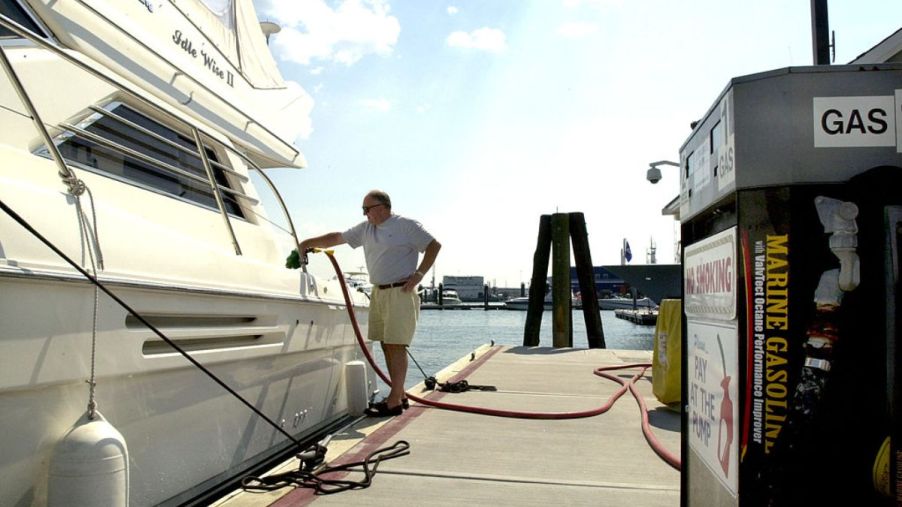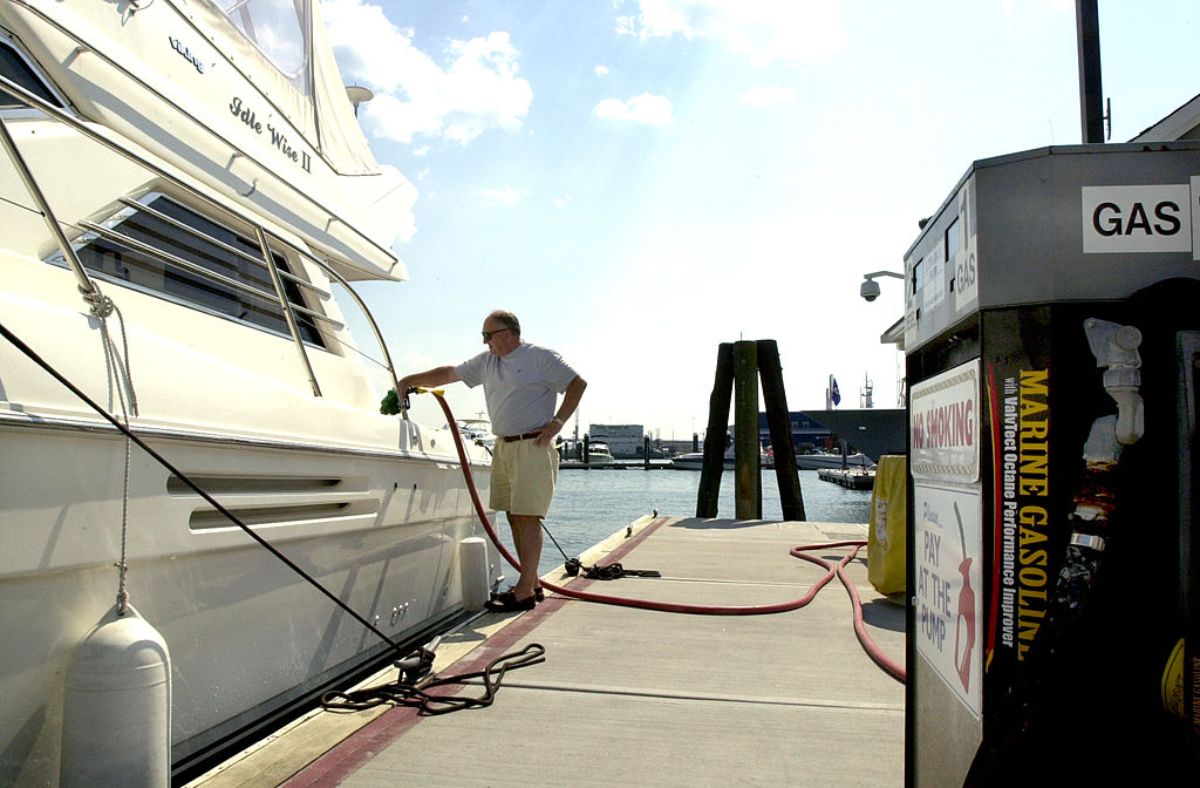
The Reason Viking Yachts Are so Expensive
For the past five decades, Viking Yachts, a world-renowned manufacturer of sportfishing boats, have been cruising global ocean waters. With refined luxury and prestige, the average Viking carries a hefty price tag of $8 million.
Despite being recognized as one of the best boat builders in the world, we couldn’t help but wonder what makes Viking Yachts so expensive.

Viking Yachts offer unsurpassed luxury and quality
It is no secret that Viking Yachts are among the highest quality and most luxurious boats on the market, with each yacht typically commanding well over $1 million.
Viking Yachts offer a fleet of sportfishing yachts ranging in size from 38 feet to 90 feet. According to Galati Yachts, “Viking has arguably been the global leader since its inception in 1964” and is considered the gold standard in high-end sportfish yachts.
The renowned boat builder utilizes modern construction methods and remains adaptable to current market trends to build the best boat possible. An advanced hull design, accessible engine room, and upscale interior spaces add to the lure of Viking Yachts.
How do they manage to keep the quality so high?
Since its inception, the mantra of Viking Yachts has been to “build a better boat every day.” Whether it is in the design, engineering, or build of the boat, the entire workforce continually strives to make improvements.
Viking Yachts manages to keep quality so high by building 90% of their boats in-house at their massive manufacturing facilities in New Gretna, New Jersey. More than 1,300 talented craftsmen work on delivering approximately 80 yachts per year, building everything by hand except for components such as air conditioning units, pumps, electronics, entertainment systems, transmissions, and engines.
A full mill facility, machine shop, and state-of-the-art equipment, such as the largest 5-axis profiler in the marine industry, keep Viking Yachts ahead of the competition. They also maintain a full metal shop with their own paint and powder coat lines. The advanced, innovative tooling lets craftsmen create shapes and structures once considered impossible using conventional equipment.
Computational Fluid Dynamics (CFD) hull testing is now totally computerized, giving designers and engineers the tools to develop a better product far beyond the capabilities of other leading competitors. The impressive in-house production assembly line stretches a quarter of a mile to meet the growing demand for their high-quality luxurious yachts.
So, it appears Viking Yachts are worth the money, assuming you have a few extra million lying around to buy the boat of your dreams.
The history of Viking Yachts
In 1964, Bob and Bill Healy established Viking Yachts, a company that has grown into a leading manufacturer of semi-custom fiberglass yachts.
The first Viking 40′ convertible debuted in 1972, and every yacht built since that time has included the same basic hull design. Over the years, they have implemented evolutionary refinements to meet the increasing demand for increased speed and horsepower. By the mid-’80s, Viking Yachts had refined its reputation for being the best boat builder in the industry, recognized for its sophisticated design and engineering excellence.
In 2000, Viking Yachts invested $10 million to upgrade their manufacturing facilities, improve technology and create a safer and more attractive work environment for their employees. For their “selfless contributions to the recreational marine industry,” the Healey Brothers have been inducted into the National Marine Manufacturers Association (NMMA) Hall of Fame.
The most recent addition to the Viking Yachts product line includes the debut of the V-46 mid-size convertible sportfishing yacht, which has a starting base price of approximately $1,679,000, and the cutting-edge 54C sportfishing masterpiece that sells for close to $3.5 million.


